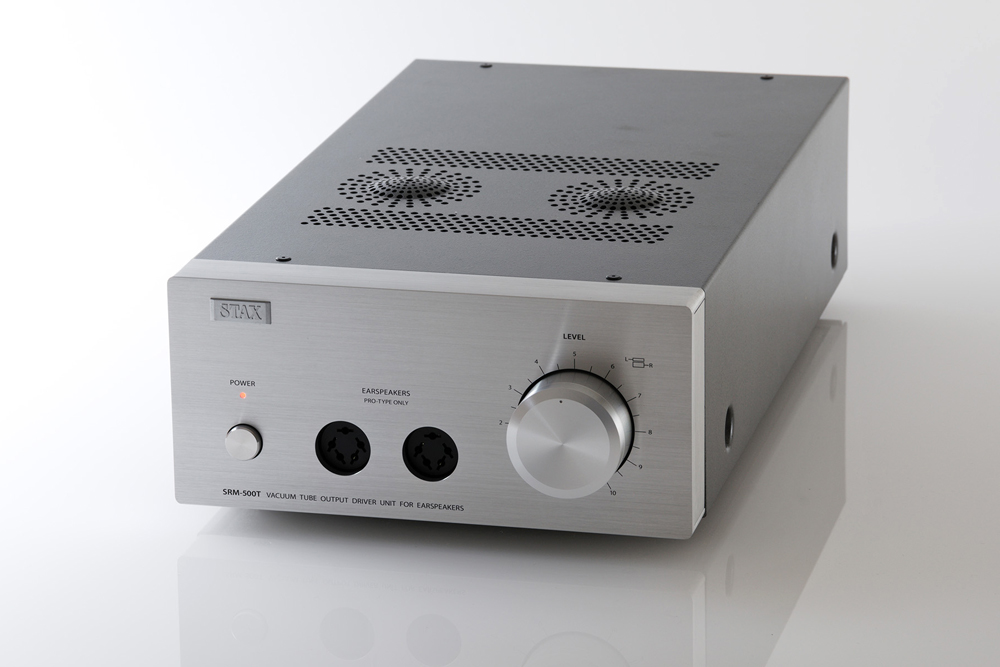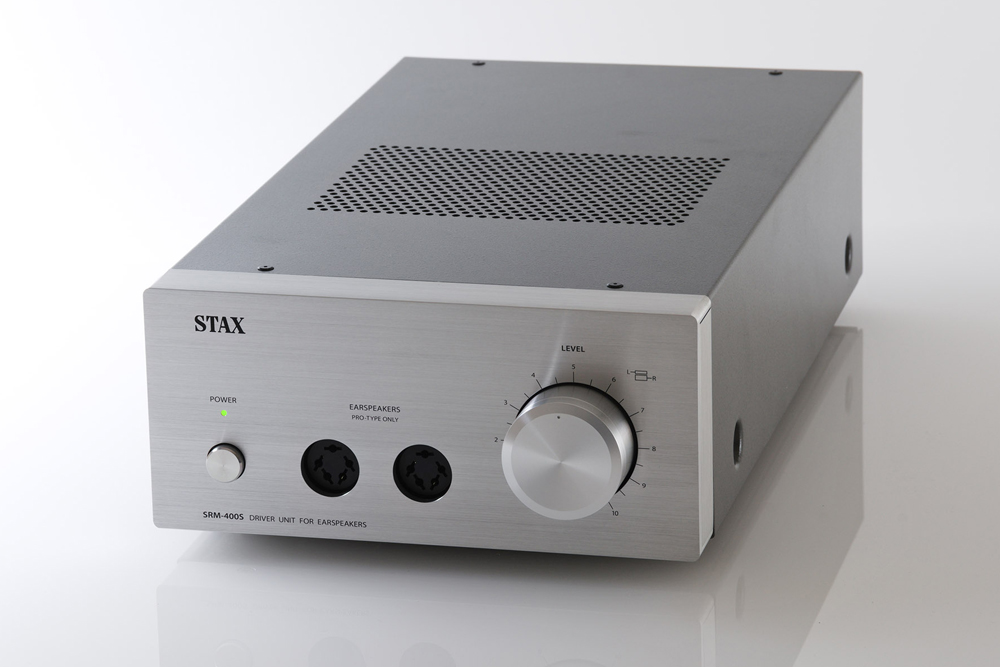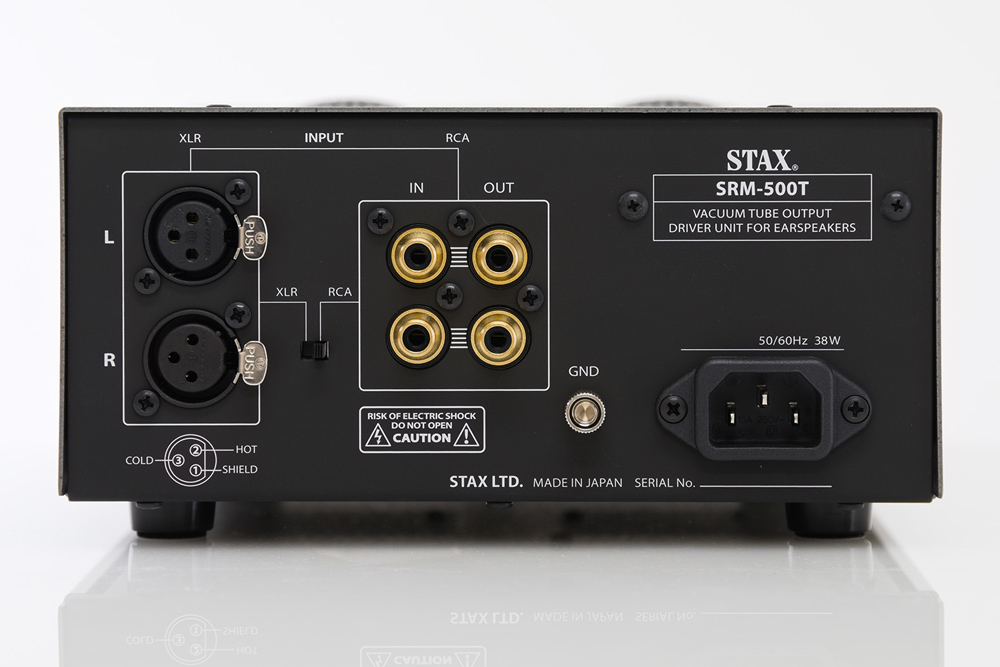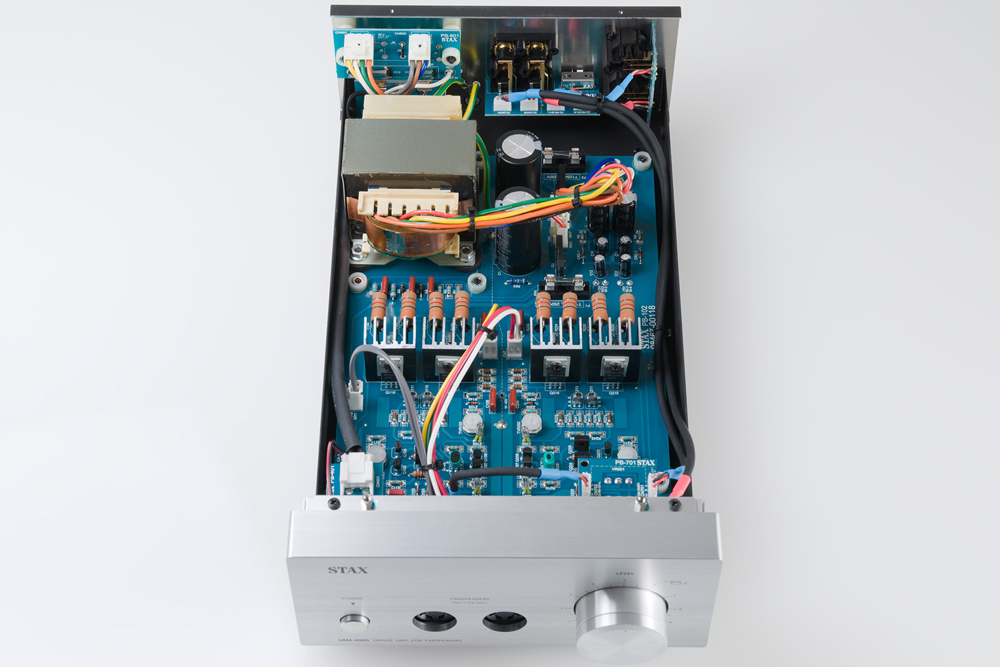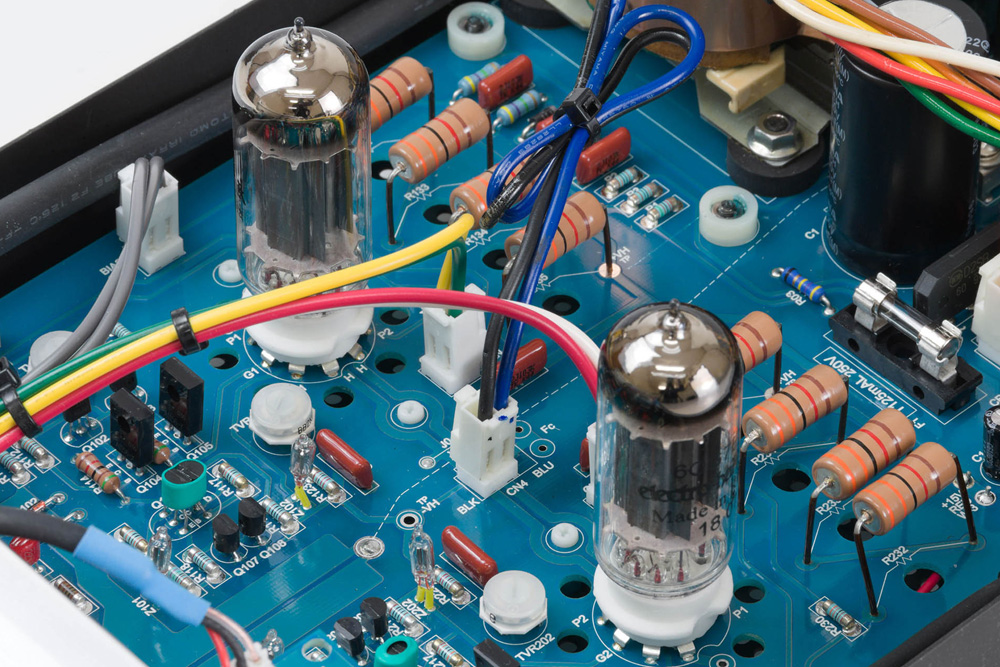I don’t know about you, but recently I find myself having to contemplate things that only a few short years ago would have been considered utterly unthinkable, pandemics included. If, for a moment (and strictly for the purposes of this review), one decides to extrapolate the current unfortunate experiences, it shouldn’t be too hard to imagine the following: The civilisation as we know it is no more. You’re cooped up within your ever-narrowing four walls by a rampant deadly virus, while an unruly mob pouring down the street in front of your house is baying for blood and declaring unyielding allegiance to all kinds of snake oil remedies and salesmen of salvation. When you really think of it, the only reasonable action anyone could take in that situation would be to put on some music and enjoy whatever the time is left to be had. On the other hand, you wouldn’t want to draw too much attention to yourself (mobs are, after all, fickle and easily provoked) so you’d probably decide against blasting the neighbourhood with your fancy speakers and you’d therefore reach for your fine headphones instead, and in this case, driven by inimitable Stax amplification.
Something New, Something Old
And on yet another hand (I admit, this is a somewhat limited line of reasoning) your survival strategy would probably demand that you still keep following the developments outside, just in case, which pretty much excludes the noise-cancelling or acoustically insulated headphones. Lastly, if you have to go, you may well go in style. Yes, you’ve guessed it, my recommendation would be to use a pair of electrostatic headphones with open back. Logical, right?
Notwithstanding the electrostatic headphones’ increasing applicability in today’s world (as outlined above) you’d have to decide which headphone amplifier to use. If your budget falls into the category generally referred to as “value for money, but not entry-level”, you’re in luck. This review deals with two such electrostatic headphone amplifiers from well-established manufacturer of electrostatic hi-fi Stax, both of which currently retail for just over AU$2,000. The first one (SRM-400S) is a solid state device and the second one (SRM-500T) uses valves, or vacuum tubes, hence the “T” suffix. Please note that Stax calls its amplifiers “drivers” and its headphones “earspeakers”. On the other hand (here we go again), the URL of the Stax’s USA website is staxheadphones.com. For the sake of simplicity, I’ll try to stick with the usual nomenclature of “amplifiers” and “headphones”.
Headphones
For this review I’ve been loaned a pair of Stax SR-009S headphones. These are one level below Stax’s current top model so are the finest Stax has on offer, bar one. I used that very same pair to review the Stax SRM-700S headphone amplifier back in May 2020, so having them again maintains consistency. I also utilised my own pair of Stax SR-507 headphones, which are admittedly a rung or two below the venerable SR-009S, but they hold their ground pretty well considering the cost differential. The general approach was to have both headphones plugged into an amplifier and to swap them quite frequently on my head in order to ascertain whether any particular sound feature I could hear was due to the headphones or to the amplifier being tested.
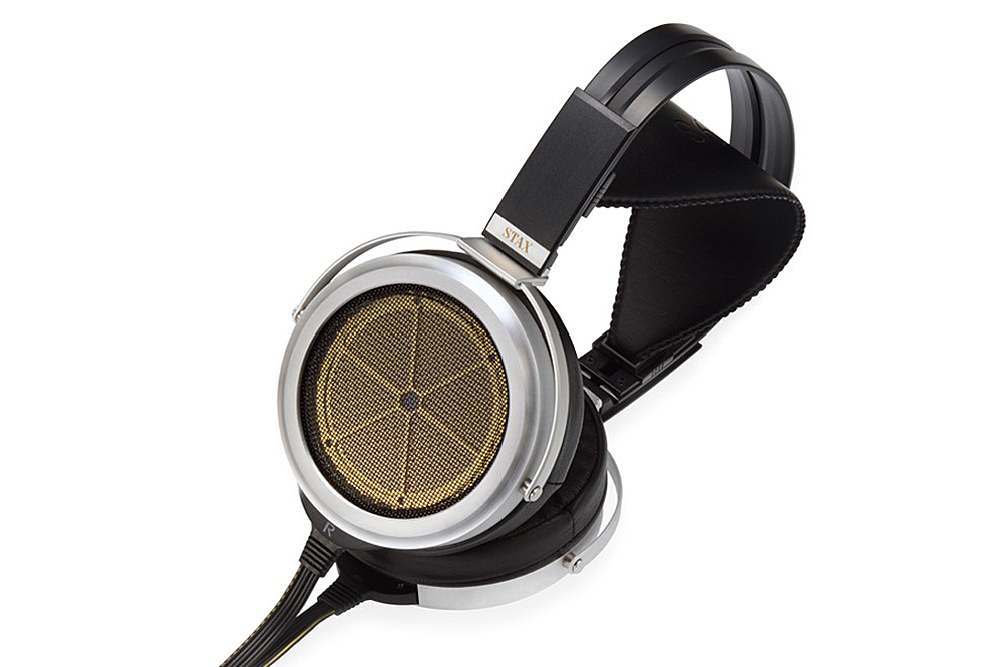
Actual configuration was with headphone amplifiers connected to Oppo BDP-105AU via XLR cables and to the Rotel RC-1550 preamplifier via RCA cables. This enabled easy switching between a direct link to the digital-based source and a link to the preamplifier which managed the analogue source.
Amplifiers
The front panels of SRM-400S and SRM-500T are virtually identical, their back panels are indeed identical and the only outwardly visible distinction between the two amplifiers is in the arrangement of the cooling vents on top of their respective enclosures. There’s no difference in size between these two amplifiers (approx. 20cm wide, 38cm deep, 10cm tall). Even their weight is similar, which is somewhat surprising given the typical gravitational propensities of the valve/tube technology. Both amplifiers are pure analogue signal amplifiers. They do not come with any DACs or streamers, as are bundled with many modern headphone amplifiers, and they have no tone controls. SRM-400S and SRM-500T are designed to do one thing only, and to do it well: to amplify the analogue signal from the input with as little fuss as possible and with as little distortion as possible.
The front and the back conform to the familiar Stax design architecture of noteworthy simplicity. On the back panel, both amplifiers have XLR and RCA inputs, as well as an XLR/RCA selector. XLR inputs are particularly handy if you have to minimise any hum or interference that ultra-sensitive electrostatic headphones like to reveal whenever input signal path or grounding are not ideal. Another handy feature is the set of RCA outputs that allows you to insert the amplifier into an input circuit of your hi-fi system without requiring an external signal splitter. Last but not least, there is a grounding post which I did not use because my system is already earthed elsewhere (I did not want to create any ground loops, but there it is, just in case).
Front panels sport one single knob (Volume/Balance) which is quite prominent, a power switch and two large 5-pin output connectors (“Pro Bias” type), plus indicators that show whether the amplifier is powered on and whether the input signal is coming through RCA or XLR. The power indicator on SRM-500T also blinks during the valve/tube initial warm-up process, which can take up to a minute.
Listening Impressions
Firstly, I feel I must reiterate a warning which in my view should be printed in bold crimson 32-point font on every electrostatic amplifier and headphones:
NOTE: The sound of electrostatic headphones is so rich that it can easily draw you in. It is very easy to find yourself increasing the volume in order to hear additional details that are delivered in their full glory and without distortion. Beware of potential hearing damage!
In most cases, for most music and for most sources I kept the amplifiers’ volume knobs somewhere between 10 o’clock and 12 o’clock. If you have to set it higher, it means that either your source is quieter than usual or you already have a hearing problem.
Secondly, I hereby advise you (and you might have picked up a hint from the first point) that electrostatic headphones and amplifiers are not suitable for people who listen to background music while they’re doing something else, because: a) these headphones must be connected to the amplifier by a cable and the amplifier is mains-powered and therefore not portable, making it quite awkward for you to move around, and b) the sound they produce is immersive and the details are abundant, so in all probability you’ll have to stop whatever you’re doing and sit down to have a proper listen anyway.
The solid-state amplifier, SRM-400S, exhibited remarkable versatility and excellence from the start and my appreciation only grew as the listening tests progressed. Its bass was impactful, tight and commanding, its mids were lifelike and devoid of noticeable colorations, while its highs were firmly on a Cirrus cloud level, even when compared with its more expensive cousins with stratospheric reputation.
The high frequencies of the opening passages of “Z českých luhů a hájů” from Smetana: Má vlast by the Boston Symphony Orchestra and Rafael Kubelik, as well as the smashing of cymbals from "Jupiter” from Holst’s The Planets by the Boston Symphony Orchestra with William Steinberg at the helm, were crisp crystal-clear as if they were delivered by Tinker Bell, and especially so through the Stax SR-009S headphones.
SRM-700S’s bass was, in one word, profound. Gary Karr’s rendition of Saint Saen’s “The Elephant”, from the album London Double Bass Sound, came through growling and sharp, together with the occasional “fidgeting” sounds of eight bass musicians, plus the conductor (Geoffrey Simon). Very credible. As for the more robust music genres, I must admit that it’s strange to listen to hard rock tracks which you know have megatons of bone-shattering bass and not sensing the visceral thumps that come from the speakers, yet still being able to feel the emotions that such bass creates.
In the middle of the audible spectrum SRM-400S is in its element and it particularly excels in the (re) production of cellos, guitars and human voices. For a while now my favourite female voice has been the Portuguese “Fadista” Ana Moura, and especially her live performance on the album Coliseu. Pick any track; the first or the second one would be my choice but that might just be me. Never mind if you don’t understand Portuguese. Neither can I. It doesn’t stop me from enjoying this lady’s voice. The only thing that can stop you in this quest is inferior equipment and SRM-400S is certainly not in that category, at all.
SRM-400S dynamics are very, very respectable as well. My go-to test for dynamics uses Ravel’s “Bolero” and it goes something like this: I put on, for example, the 1975 recording of “Bolero” by Boston Symphony Orchestra with Seiji Ozawa (on Deutsche Grammophon) and set the volume as high as is comfortable for listening, which almost always means that I have to turn the volume down a bit during the crescendo. After that I leave the volume knob as it is and play the same track again. The degree to which I can then hear the very beginning of the “Bolero” (which is pianissimo indeed) indicates how capable an amplifier is in the dynamic domain. In this context, I only had to twitch SRM-400S volume knob very slightly in order to hear Bolero’s beginning, which is quite an achievement given the amplifier’s price point.
The second amplifier in this review, SRM-500T, leans decidedly towards the tastes of valve/tube aficionados. It had a noticeably mellower sound than SRM-400S, which was rather surprising because the “tube sound” is to a degree a product of the output transformer, which SRM-500T does not have. Its bass was not as firm and the treble not as soaring as with SRM-400S but the midrange frequencies were very realistic and human voices impeccable.
Top of the line Stax valve/tube headphone amplifiers exhibit less of this “tube sound” effect and have more dynamics and accuracy but I know, from personal experience, that some people prefer the more traditional sound that comes out of valve/tube amplifiers. Whether they have output transformers or not. Based on what I could hear, SRM-500T is an amplifier well suited to those listeners. Last but not least, I found SRM-500T more easily listenable when playing vinyl records that were in less than absolutely pristine condition because the pops and cracks tended to be pushed into the background where they were less likely to spoil the experience.
Both amplifiers produced an impressively wide soundstage, albeit each in its own specific way. SRM-400S did it with greater precision and more details, while SRM-500T wrapped it in a soft mist that actually added to the beauty of the sound. The soundstage of “Corrina, Corrina” from Play the Blues by Winton Marsalis and Eric Clapton was in both cases spacious and immersive to a degree where I just closed my eyes and enjoyed the sound of instruments popping up left, right and in the middle… of my head, of course. With headphones, it’s all in the head.
In order to further ascertain the differences between SRM-500T and SRM-400S I plugged the SR-009S (high-end) headphones into SRM-500T and SR-507 (midrange) headphones into SRM-400S. The sound of the SRM-400S/SR507 combination still sounded livelier than the combination of SRM-500T and SR-009S. I then changed the pairings and plugged SR-009S into SRM-400S, which produced a vibrant, accurate and very detailed sound, while the combination of SR-507 and SRM-500T sounded closer to what a valve/tube enthusiast might expect. It was also almost indistinguishable from the sound of the SRM-500T/SR-009S combination, which means that a very small improvement in the sound was accompanied with a huge price difference of the high-end headphones. Accordingly, my recommendation in regards to SRM-500T is that it should be just fine with lower range, more affordable earspeaker units, while SRM-400S should be paired with the highest quality headphones you can afford.
Conclusion
In my view, SRM-400S is a rock-solid performer that deserves the attention of anyone who’s looking for an affordable electrostatic headphone amplifier capable of driving high-end earspeakers. Its sound is undistorted, sparkly and exciting to a degree that puts it tantalisingly close to amplifiers with a much higher price tag. It would be well worth your effort to audition it when you can.
In contrast to its solid-state sibling, SRM-500T tends to be more placid, although still worth your while if you like the valve/tube sound that so many people prefer. Ditto for playback of vinyl collections in less than mint condition. I’d recommend you give it a proper audition, making sure that you first plug in the most affordable headphones and then work upwards for as long as the improvements in sound justify the price increments. There’s a headphone price point where the formula is just right with the considerable listening pleasures the SRM-500T can deliver. You might even find that point is at the $500 level.
As for the aesthetics, I find the understated elegance and simplicity of Stax amplifiers extremely attractive. Some people prefer to tuck the smaller devices in their hi-fi chain out of plain site. I’d rather keep either of these two amplifiers in a very prominent position indeed. In full visual glory.
And I’d listen to them as often as I possibly can. For whatever time is left…
…Vedran Simunovic
Associated Equipment
- Digital sources – Oppo BDP-105AU (CD/DVD/BR player, Tidal streamer & DAC)
- Analog source – Linn Sondek LP12, Hercules power supply, Grace 707 tonearm (modified), Dynavector 10X5,
- Preamplifier – Rotel RC-1550
- Cables – Custom made
Stax SRM-400S Solid State & SRM-500T Tube Headphone Amplifiers
Price: SRM-400S AU$2100, SRM-500T AU$2400
Australian Warranty: 12 Months
Australian Distributor: Audio Marketing
+61 2 9882 3877
www.audiomarketing.com.au
Stax Limited
3798-1 Shimonanbata,
Fujimi-shi, Saitama-Ken
Japan 354-0004
www.stax-international.com







